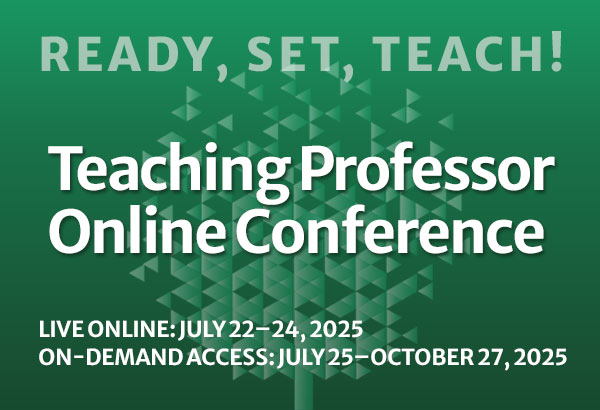
The Power of Weekly Checklists to Transform Online Learning
When I first began teaching online, I thought creating engaging and relevant content was the biggest challenge. And while that’s certainly important, I’ve realized that organizing and communicating expectations to students is at least as critical. One simple strategy that has profoundly changed how I












